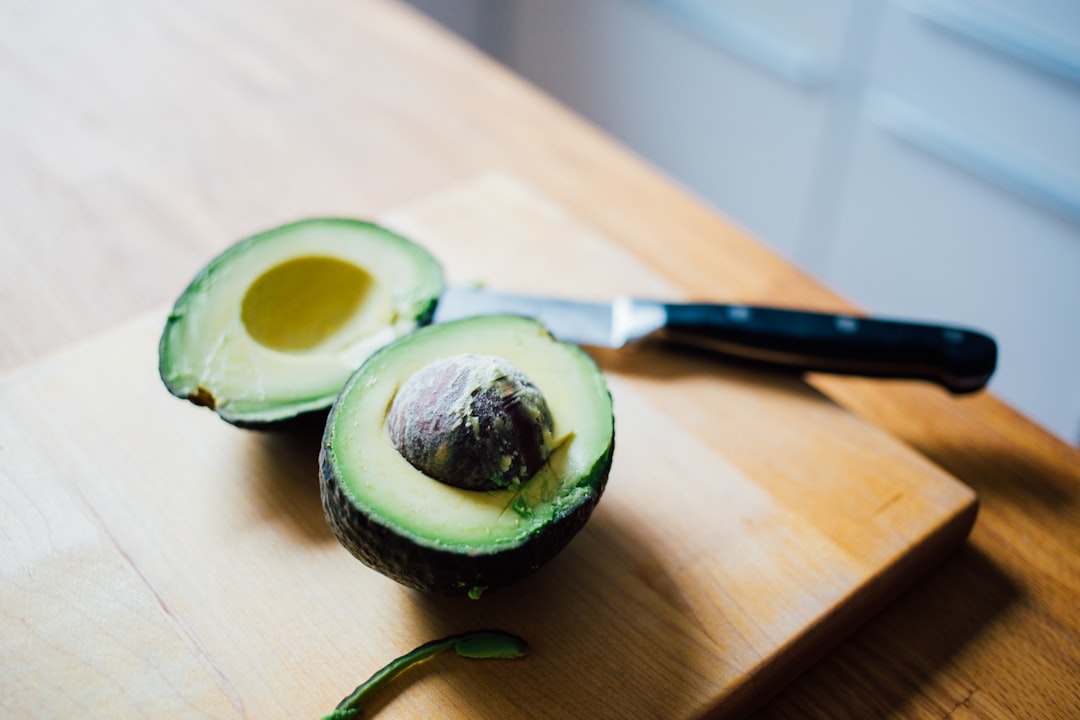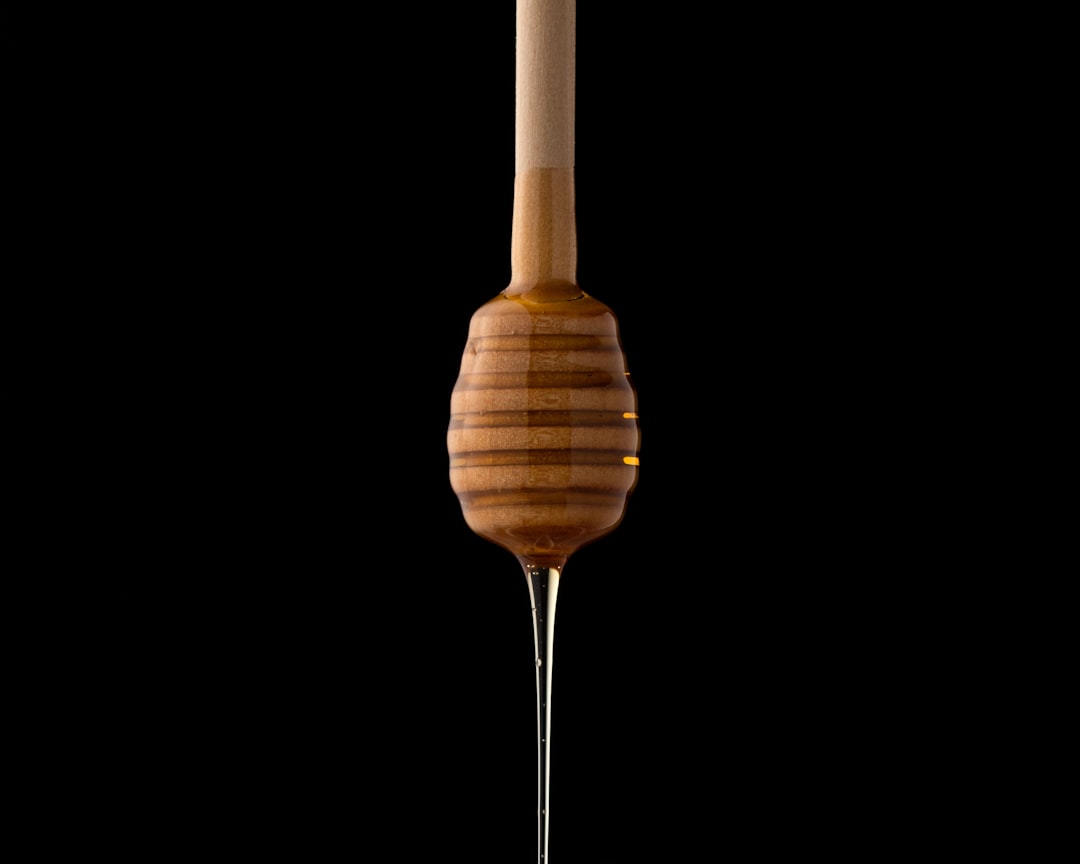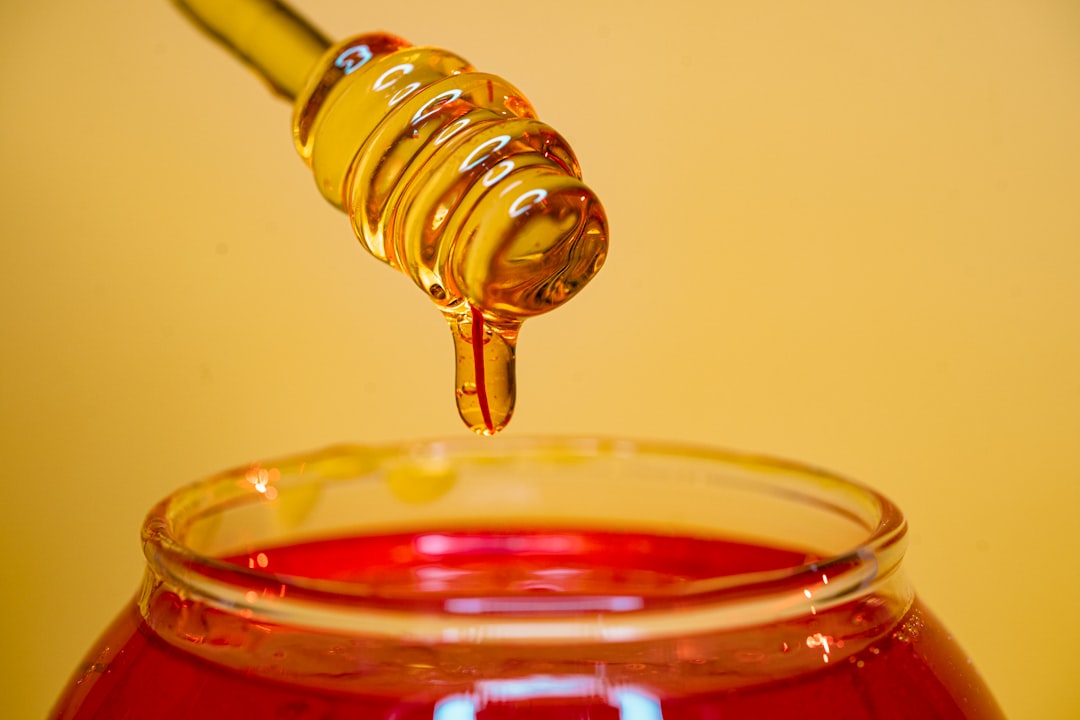DIY face masks have become increasingly popular in recent years as people seek natural and cost-effective ways to care for their skin. With the rise of social media and beauty influencers, more and more individuals are turning to homemade remedies to achieve glowing, healthy skin. DIY face masks are a great way to pamper yourself at home and can be tailored to suit your specific skin type and concerns. Whether you have dry, oily, or combination skin, there is a DIY face mask out there for you. From hydrating avocado and oatmeal masks to exfoliating sugar and honey scrubs, the possibilities are endless. Not only are DIY face masks fun to make, but they also provide a range of benefits for the skin, making them a popular choice for those looking to enhance their skincare routine.
Summary
- DIY face masks are a cost-effective and natural way to nourish and hydrate the skin at home.
- Avocado and oatmeal are both beneficial for the skin, providing hydration, antioxidants, and soothing properties.
- Making a DIY avocado and oatmeal hydrating face mask is simple and requires only a few ingredients.
- Apply the face mask to clean skin, leave on for 10-15 minutes, then gently rinse off with warm water.
- To maximize the benefits of the face mask, use it regularly, customize it with other ingredients, and follow up with a moisturizer.
Benefits of Avocado and Oatmeal for Skin
Avocado and oatmeal are two powerhouse ingredients when it comes to skincare. Avocado is rich in healthy fats, vitamins, and antioxidants that can nourish and moisturize the skin. The natural oils in avocado help to hydrate and soften the skin, making it an excellent choice for those with dry or dehydrated skin. Additionally, the vitamins E and C found in avocado can help to protect the skin from environmental damage and promote a youthful complexion. Oatmeal, on the other hand, is known for its soothing and anti-inflammatory properties. It can help to calm irritated skin, reduce redness, and provide gentle exfoliation. Oatmeal is also a natural cleanser, making it ideal for those with sensitive or acne-prone skin. When combined, avocado and oatmeal create a hydrating and nourishing face mask that can leave the skin feeling soft, smooth, and rejuvenated.
How to Make a DIY Avocado and Oatmeal Hydrating Face Mask
To make a DIY avocado and oatmeal hydrating face mask, you will need the following ingredients:
– 1 ripe avocado
– 1/2 cup of oatmeal
– 1 tablespoon of honey
– 1 tablespoon of plain yogurt
Start by mashing the ripe avocado in a bowl until it reaches a smooth consistency. Then, add the oatmeal, honey, and plain yogurt to the bowl and mix well until all the ingredients are combined. The oatmeal will help to exfoliate the skin, while the honey and yogurt will provide additional moisturizing and soothing benefits. Once the mask is thoroughly mixed, apply a thick layer to clean, dry skin, avoiding the eye area. Allow the mask to sit for 15-20 minutes before rinsing off with warm water. Pat your skin dry with a clean towel and follow up with your regular skincare routine. This DIY avocado and oatmeal face mask is best used immediately after preparation to ensure maximum potency of the ingredients.
Application and Removal of the Face Mask
When applying the DIY avocado and oatmeal face mask, it’s important to start with clean, dry skin to allow the ingredients to penetrate effectively. Using clean hands or a brush, apply a generous layer of the mask to your face, avoiding the delicate eye area. Take some time to massage the mask into your skin gently, ensuring even coverage. Once applied, relax and allow the mask to work its magic for 15-20 minutes. During this time, you may feel a slight tightening sensation as the mask dries, which is normal. After the designated time has passed, rinse off the mask with warm water, using gentle circular motions to exfoliate the skin as you remove the mask. Pat your skin dry with a clean towel and follow up with your favourite moisturizer to lock in the hydrating benefits of the mask.
Tips for Maximizing the Benefits of the Face Mask
To maximize the benefits of your DIY avocado and oatmeal face mask, consider incorporating these tips into your skincare routine:
– Exfoliate: Before applying the mask, exfoliate your skin to remove any dead skin cells and allow the mask to penetrate more effectively.
– Steam: Open up your pores by steaming your face before applying the mask. This will help the ingredients to absorb better into your skin.
– Use regularly: For best results, use the avocado and oatmeal face mask 1-2 times per week as part of your skincare routine.
– Customize: Tailor the mask to suit your specific skin concerns by adding ingredients such as lemon juice for brightening or aloe vera for soothing.
Potential Side Effects and Precautions
While DIY avocado and oatmeal face masks are generally safe for most skin types, there are some potential side effects and precautions to be aware of. If you have an allergy to any of the ingredients in the mask, such as avocado or oatmeal, it’s best to avoid using it to prevent any adverse reactions. Additionally, if you have sensitive skin, it’s recommended to patch test the mask on a small area of your skin before applying it to your face to ensure it doesn’t cause any irritation. When rinsing off the mask, be gentle with your skin to avoid any unnecessary irritation or redness. If you experience any discomfort or adverse reactions after using the mask, discontinue use immediately and consult a dermatologist.
Conclusion and Final Thoughts
In conclusion, DIY avocado and oatmeal face masks are a fantastic way to nourish and hydrate your skin at home using natural ingredients. Avocado provides essential nutrients and hydration, while oatmeal offers soothing and exfoliating properties, making them a perfect combination for a hydrating face mask. By following the simple recipe provided and incorporating tips for application and removal, you can enjoy all the benefits that this DIY face mask has to offer. However, it’s important to be mindful of potential side effects and precautions, especially if you have allergies or sensitive skin. With regular use and proper care, this DIY face mask can become a valuable addition to your skincare routine, leaving your skin feeling soft, smooth, and rejuvenated.
Revitalize Your Skin with a DIY Avocado and Oatmeal Hydrating Face Mask is a great way to nourish your skin naturally. However, it’s also important to consider the role of diet in skincare. A recent article on bestskincareproducts.eu explores the connection between what we eat and the health of our skin. Understanding how our diet impacts our skin can complement the benefits of a hydrating face mask, providing a holistic approach to skincare.
FAQs
What are the benefits of using an avocado and oatmeal hydrating face mask?
Using an avocado and oatmeal hydrating face mask can help to moisturize and nourish the skin, reduce inflammation, and improve the overall appearance and texture of the skin. Avocado is rich in healthy fats and vitamins, while oatmeal has soothing and exfoliating properties, making them both beneficial for the skin.
How do you make a DIY avocado and oatmeal hydrating face mask?
To make a DIY avocado and oatmeal hydrating face mask, mash half an avocado and mix it with 1/4 cup of oatmeal and 1 tablespoon of honey. Apply the mixture to clean skin and leave it on for 15-20 minutes before rinsing off with warm water.
How often should you use an avocado and oatmeal hydrating face mask?
It is recommended to use an avocado and oatmeal hydrating face mask 1-2 times per week to maintain hydrated and nourished skin. Overuse of any face mask can potentially irritate the skin, so it’s important to use it in moderation.
Are there any potential side effects of using an avocado and oatmeal hydrating face mask?
Avocado and oatmeal are generally safe for most skin types, but it’s always possible for individuals to have allergic reactions to certain ingredients. It’s recommended to do a patch test on a small area of skin before applying the mask to the entire face to check for any adverse reactions. If any irritation occurs, discontinue use.




